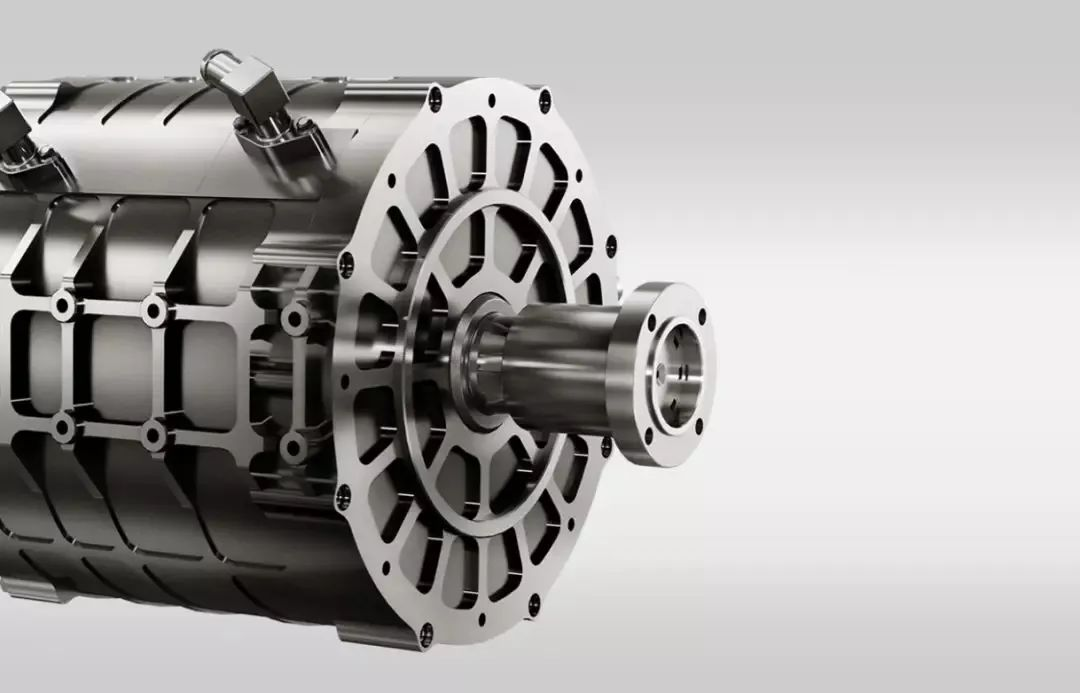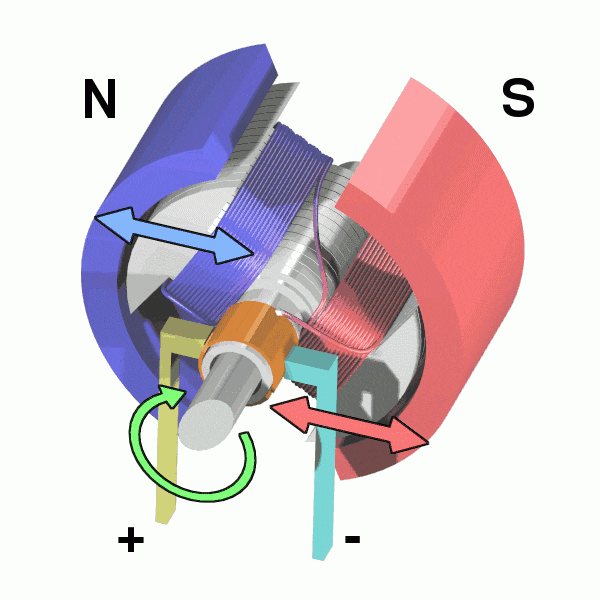![]()
Does the higher the speed of the motor, the better the performance? What is the normal speed?
The motor speed directly affects the motor's output power and efficiency.However, the motor speed is affected by many factors, including the motor model, voltage, current, load, etc. At present, it is also considered a bottleneck technology.However, does a higher speed mean better motor performance? The answer is NO. A good motor with good performance is related to specific application requirements and motor design.Determinants of motor speed: 1. For synchronous motors or asynchronous motors, the motor speed is related to the power supply frequency and the number of motor poles. The higher the power supply frequency and the fewer the number of poles, the higher the speed. For asynchronous motors, it is also related to the current passing through the motor coil. The larger the current, the closer the speed is to the synchronous speed. There is another type of motor (usually AC and DC motors) whose speed has nothing to do with the power supply frequency. It is only related to the current passing through the coil.2. The most common is AC asynchronous motor. Its speed is mainly determined by the number of poles and the frequency of power supply. The current power supply frequency is 50Hz (the same across the country). The speed of general motors at 50Hz is:The synchronous speed of the two-pole motor is 3000 rpm, and the actual speed is about 2800 rpm (maximum speed). The synchronous speed of the four-pole motor is 1500 rpm, and the actual speed is about 1440 rpm. The synchronous speed of the six-pole motor is 1000 rpm, and the actual speed is about 960 rpm. The four-pole motor is the most common, that is, the general motor.3. The speed of the motor is determined by its structure and the way it is powered. Generally, the speed of the motor is several hundred to several thousand revolutions per minute.The performance of a motor is affected by many factors, including speed, power, efficiency, torque, etc. Here are some relevant considerations:Power density: Higher speeds generally increase the power density of the motor, which is the power that can be output per unit volume or unit weight. This can be advantageous for some applications that require high power output, such as high-speed machinery or vehicle power systems.Dynamic response: Higher speeds may help improve the dynamic response of the motor, allowing it to respond more quickly to load changes or achieve precise motion control. This is important for certain applications that require fast response and high-precision control.Efficiency: The efficiency of a motor usually reaches its maximum value within a specific speed range. Within this speed range, the motor is able to convert input electrical energy into mechanical energy output with high efficiency. However, if the speed exceeds this range, the efficiency of the motor may decrease. Therefore, it is important to choose the appropriate speed to improve the efficiency of the motor.Torque output: The torque output of a motor is usually related to the speed. In some applications, such as starting or climbing, a higher torque output may be required at the expense of some speed. Therefore, for these applications, a motor with low speed and high torque may be more suitable.Axial load and vibration: Higher speeds may increase the axial load and vibration experienced by the motor, which may have a negative impact on the motor's life and reliability. Therefore, the relationship between speed and load needs to be balanced based on the specific application requirements and the motor's design parameters.In summary, the effect of speed on motor performance is complex and there is no simple consistent rule. The optimal speed depends on the specific application requirements, including factors such as required power, torque, efficiency, and response speed. Therefore, when selecting a motor, it is necessary to comprehensively consider the speed and its relationship with other performance indicators to meet the requirements of a specific application. When it comes to motor performance, the factors affecting speed are complex and diverse.In addition to the factors mentioned previously, here are some other factors to consider:
Power requirements: Specific applications may have specific power requirements. In some cases, higher speeds can provide more power output to meet the application needs. However, this is not the case in all cases. Sometimes, a lower speed is required to provide the required power and torque.Dynamic balancing: Motors that rotate at high speeds may require more complex balancing measures to reduce vibration and noise. This may include higher precision bearings, dynamic balancing of rotating parts, etc. Therefore, special attention needs to be paid to the balance performance of the motor when running at high speeds.Axial and radial loads: Higher speeds may increase the axial and radial loads on the motor. Therefore, the motor needs to be designed and selected to ensure that the motor can withstand these loads to prevent motor damage or premature wear.Heat dissipation and cooling: Higher speeds generate more heat and require a more powerful cooling system to ensure that the motor operates within an acceptable temperature range. Therefore, high-speed motors usually require more efficient heat dissipation and cooling measures.Noise and vibration: Motors rotating at high speeds may generate higher noise and vibration. This may be unacceptable for some applications, so noise and vibration control measures such as soundproofing enclosures, shock-absorbing mounts, etc. are required.In summary, the effect of speed on motor performance is a complex issue that involves the balance of multiple factors. When selecting a motor, it is necessary to comprehensively consider application requirements, power requirements, torque requirements, balance performance, load requirements, heat dissipation requirements, noise and vibration control, etc. to find the speed range that best suits a specific application.





